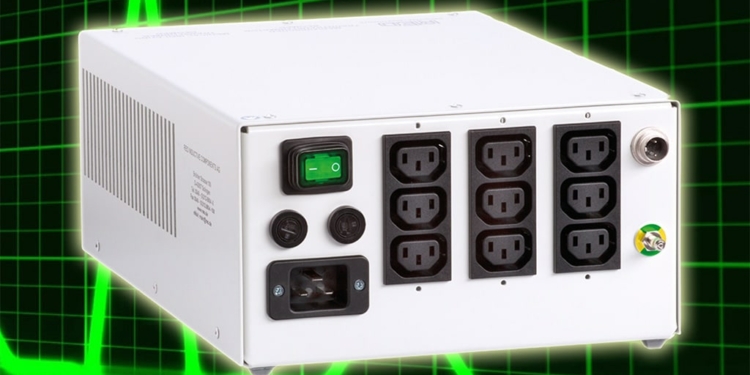Source: REO news
REO UK have launched the latest edition of REOMED, a range of medical isolation transformers (MIT) for the galvanic and safe isolation of medical equipment from the mains supply. The latest generation of REOMED has been designed to comply to the 4th edition of the IEC/EN60601-1 medical use directive, the safety standard for medical electrical equipment and any additional equipment used in a medical environment.
Medical environments require increased air and creepage distances, and these are achieved by using a special toroidal isolation transformer like REO UK’s REOMED range. The IEC/EN60601-1 standard applies to the basic safety and performance of medical equipment or systems, in the presence of electromagnetic disturbances.
The standard requires equipment to be able to safely remove the connection between neutral and earth, which exists in a normal un-isolated system. The fourth edition REOMED series is certified for power ranges up to 2200 Volt-Ampere (VA) and can be manufactured according to a manufacturer’s design or electrical engineer’s specifications.
“Perhaps the biggest advantage of medical isolation transformers is the improved safety they offer,” explains Steve Hughes, managing director of REO UK. “This is particularly important in a hospital or clinic, where there are numerous life-support machines, as well as other medical and commercial equipment in close proximity to one another. Without isolation transformers like REOMED, the medical equipment could be compromised and put patients at risk of an electric shock.
“Virtually every piece of equipment destined for use in a medical environment needs isolation from the mains. At REO UK, we designed the REOMED so that it can reduce the maximum leakage current. It has been created to feature a thermal sensor, which will cut-out in the event of an overload, and will restart again when cooled down. An earthed copper screen guarantees that leakage current is further reduced to well below specified limits.”
REO UK can supply the REOMED isolating transformer with a number of features such as half-wave failure detection and inrush current damping. The device is also available for use on a mounting rail and several other accessories such as the REO ISOMONITOR, which can provide a direct connection to the REOMED output socket and sensor connection socket.































